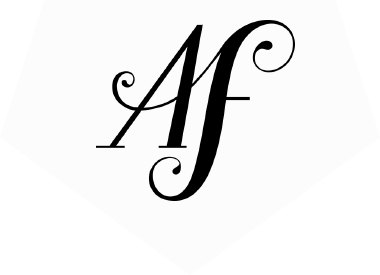Budgeting With Contractors: How to Keep Your Money in Your Wallet While Getting Great Results

This is the first article you clicked on, right? Believe it or not, I (and a lot of other contractors) want you to keep your costs down, not just because your satisfaction is important to me, but also because your total cost is reflective of the time I’ve spent on your project, and I very much love to be efficient. Your wallet stays fatter, and I finish my day ahead. We’re both happy.
When you’re looking to hire a contractor, take stock of how that contractor bills. Most contractors bill in one of three ways: project fees, hourly, or on retainer.
Project Fee Billing
Project fee billing, or flat rate billing, occurs when a contractor bills a single fee for the completion of an entire project. Many contractors that operate on a project fee basis tout “free” features that come with their packages. Note: When a web developer, or indeed, any company tells you a service or feature is “free,” it means they have already charged you for it, whether you know about it or will even use it. The peanuts are included in the cost of your plane ticket whether you eat them or not.
Hourly Billing
Hourly billing is the most straightforward billing method. You and your contractor agree to an hourly rate, and they bill you based on the hours they’ve worked. It may seem difficult to anticipate what a total project cost will be with a contractor who builds hourly, but with this method, you only pay for what you get, and nothing else. If you only need one revision on your design, you only pay for one. If you already have a logo, you don’t pay your contractor to design one. If you don’t want a blog on your website, they won’t charge you to design or build it.
Retainer Billing
Retainer billing can operate a few different ways, and is often a hybrid between project fee and hourly billing. Some contractors work on a monthly retainer, where you pay a fee at the beginning of the month to receive a certain set of services and/or a certain number of hours of work that month. Other contractors, including me, work on hourly retainer, meaning that you pay for a certain number of hours up front and are alerted when your time is running out so you can purchase more time. Hourly retainer packages often include discounts for purchasing a higher number of hours, and can save you money in the long run!
No matter how your contractor bills, there are a few ways to keep your project within budget (or even under budget!). Here are a few tips and tricks that I give my clients when they begin the design process with me.
Be as thorough as possible with your design homework.
This is how to start your website off on the right pixel. When I give you assignments and you complete them thoroughly, I’m able to use them to generate your design more efficiently and with less back-and-forth.
Provide specific feedback during the design phase.
Yes, your cost on the design portion is directly correlated to the time I spend on revisions. In your estimate, I generally assume 3-5 rounds of revisions, but every project is different. Your actual cost will be reflective of the actual time spent and nothing else.
Be decisive.
Some of the most expensive projects I’ve worked on have been sites that started in one direction and ended in another. Before we really get rolling, be sure you are committed to your site name, aesthetic, and focus.
Start small.
If you have big dreams for your site, I’m on board. I’m with you whether you’re working towards a large eCommerce platform or expanding a personal blog. If you are on a tight budget though, I recommend starting with your branding, layout, and basic pages (i.e. about us, blog, contact, services). Once we have the bones of the website, it’s easy to add on, and not as daunting to your budget or time as trying to do everything at once.
Get as much out of your training as possible.
Take notes, ask questions, get hypothetical. I have set aside an hour for your training (you don’t have to use the whole hour and are only charged for what you use) so make the most of it. Don’t feel overwhelmed by absorbing every last thing though. I am certainly available for subsequent trainings and am happy to do them at my hourly rate. I also make frequent use of short tutorial videos, which usually take me about 5 minutes to create, and I am always happy to provide those if you are stuck.
Use your training to populate content on your site.
Content population – or getting words and images on your site – is a bigger task than you may realize. After our WordPress training, 95% or more of your website’s content population will be completely in your power. I’m here to help with content population, especially if you’ve got a particularly difficult page. However, it’s important for you to know that my rate is the same whether I’m designing your logo or copy-pasting your content into the WordPress editor. Learning how to populate your own content keeps your costs down as well as gives you more personal control over your site.
Know your special features.
Your website should and WILL stick out. How it will do that is up to both of us. There are a lot of features I can offer you that will help do it, but deciding on what they will be from the outset can keep us both on the same page budget-wise. The glossary and special features section in this book should help you know what items are available and approximately how they will affect your budget.
When interviewing a potential contractor, don’t be afraid to ask questions about their budgeting and billing process. Contractors should be open about what they will and won’t bill for as well as what they’re billing you for.


